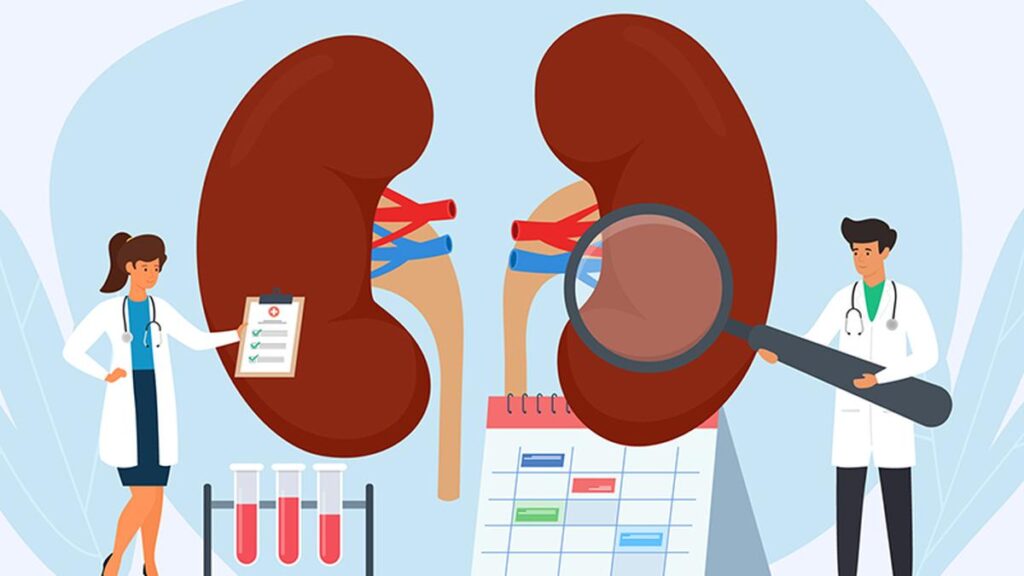
The urinary system consists of the kidneys, ureters, bladder and urethra. An infection involving any of these parts is a UTI. Photograph used for representational purposes only
| Photo Credit: Getty Images
Summer brings with it long, lazy days, ice creams and pool time, but it also increases the risk of a very common ailment: urinary tract infections or UTIs. The heat, humidity and dehydration can all contribute to this, making it important to be aware of, and understand UTIs. Here is all you need to know about them.
What are UTIs?
The urinary system consists of the kidneys, ureters, bladder and urethra. An infection involving any of these parts is a UTI. The kidneys are filtering organs, responsible for removing excess water and waste products from the body, which come out as urine. The urine moves from the kidneys, to the bladder via tubes called ureters. The bladder stores the urine, and the urine subsequently leaves the body from the bladder, via a tube called the urethra. An infection can affect the kidneys, bladder or urethra.
In general, an infection occurs when a microorganism, usually a bacteria, enters the urinary system. Normal urine does not have bacteria in it, but sometimes, bacteria can get in via the urethra and travel up the system. Most infections affect the bladder or the urethra. The infection causes an inflammation in the lining of the urinary tract. In a large proportion of cases, the E.coli bacteria is the cause of UTIs, though other bacteria can also cause them.

Who is affected by UTIs
UTIs can affect men, women and children. Women are at a higher risk of developing UTIs, and one of the reasons for this is that they have a shorter urethra, meaning there is less distance for the bacteria to cover in travelling up to the bladder. This apart, the use of certain types of birth control as well as pregnancy (physiological changes) and menopause (during which there is a decline in estrogen levels leading to changes in the urinary tract) all contribute to the risk for women. It is estimated that nearly half of all females will have a UTI at some point in their lives. A 2024 research paper, ‘Correlates of Urinary Tract Infections Among Women of Reproductive Age in India: A Systematic Review’ published in Cureus states that in India, the incidence of UTIs in women, particularly pregnant women, varies widely, indicating the influence of diverse biological, socio-economic, and lifestyle factors. It adds that research has highlighted a prevalence range for UTIs in Indian women from 3.14% to 19.87% — a significant burden.
Other risk factors include blockages to the urinary tract such as kidney stones or a condition that makes it difficult to fully empty the bladder such as having an enlarged prostate, the use of catheters, a weakened immune system such as in those with diabetes or other conditions, not drinking enough fluids and a lack of genital hygiene.
What are the signs and symptoms of UTIs?
Depending on which part of the urinary system is affected, symptoms can include: pain or burning sensation while urinating, needing to urinating more often than usual, cloudy or smelly urine, blood in the urine, pelvic pressure, fever, chills, nausea and vomiting, pain in the abdomen, side or back and pelvis.

What is the treatment?
It is important to see a doctor if you have a urinary tract infection. Not treating one can lead to serious health complications. Cases of simple UTIs are generally treated with a short course of antibiotics. Painkillers may also be prescribed. It is vital to complete the course of antibiotics even if you feel better after a few doses. In case of complicated UTIs, such as kidney infections, a longer course of antibiotics may be prescribed or treatment in hospital may be needed.
For some people, UTIs may be recurrent — they keep coming back. In such cases, low-dose antibiotics over a long period may be prescribed, and other treatments such as vaginal estrogen therapy may be recommended, as well as other tests and treatments. It is important to see a healthcare provider if you have two or more infections within six months or three or more within a year.

Is there any way to prevent UTIs?
Some simple steps may help prevent UTIs. Drink plenty of fluids, particularly water and use the bathroom when you need to; do not hold it in, and empty the bladder completely. Practice good hygiene and keep the genital area clean and dry. Regularly change menstrual products during a menstrual cycle and do not use products such a deodorants, powder or other such as products in the genital area that could cause irritation. Urinate as soon as possible, and wash the vaginal area after sexual intercourse. Avoiding a lot of alcohol and sugary foods and drinks could also help. Check with your doctor about methods of birth control in case they need to be changed. Do not wear tight, synthetic underwear. In children, change soiled diapers as soon as possible.
Published – May 14, 2025 06:33 pm IST

